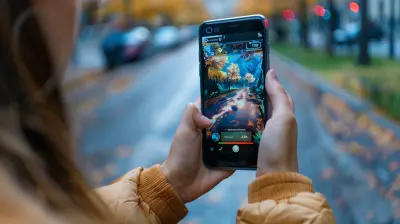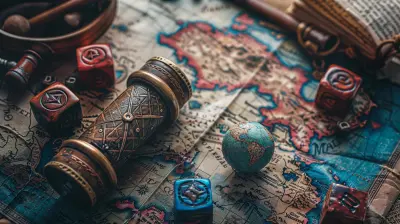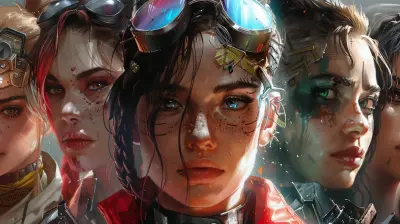Exploring Cultural Representation in Game Character Customization
21 August 2025
Video games have come a long way. From pixelated sprites and simple mechanics to breathtaking open worlds and rich narratives, gaming has truly evolved. But one of the most exciting—and important—developments in recent years? Cultural representation in character customization.
It's more than just picking a skin tone or hairstyle. It's about feeling seen, heard, and included. Let’s dive into how game developers are pushing boundaries and why this movement matters more than ever.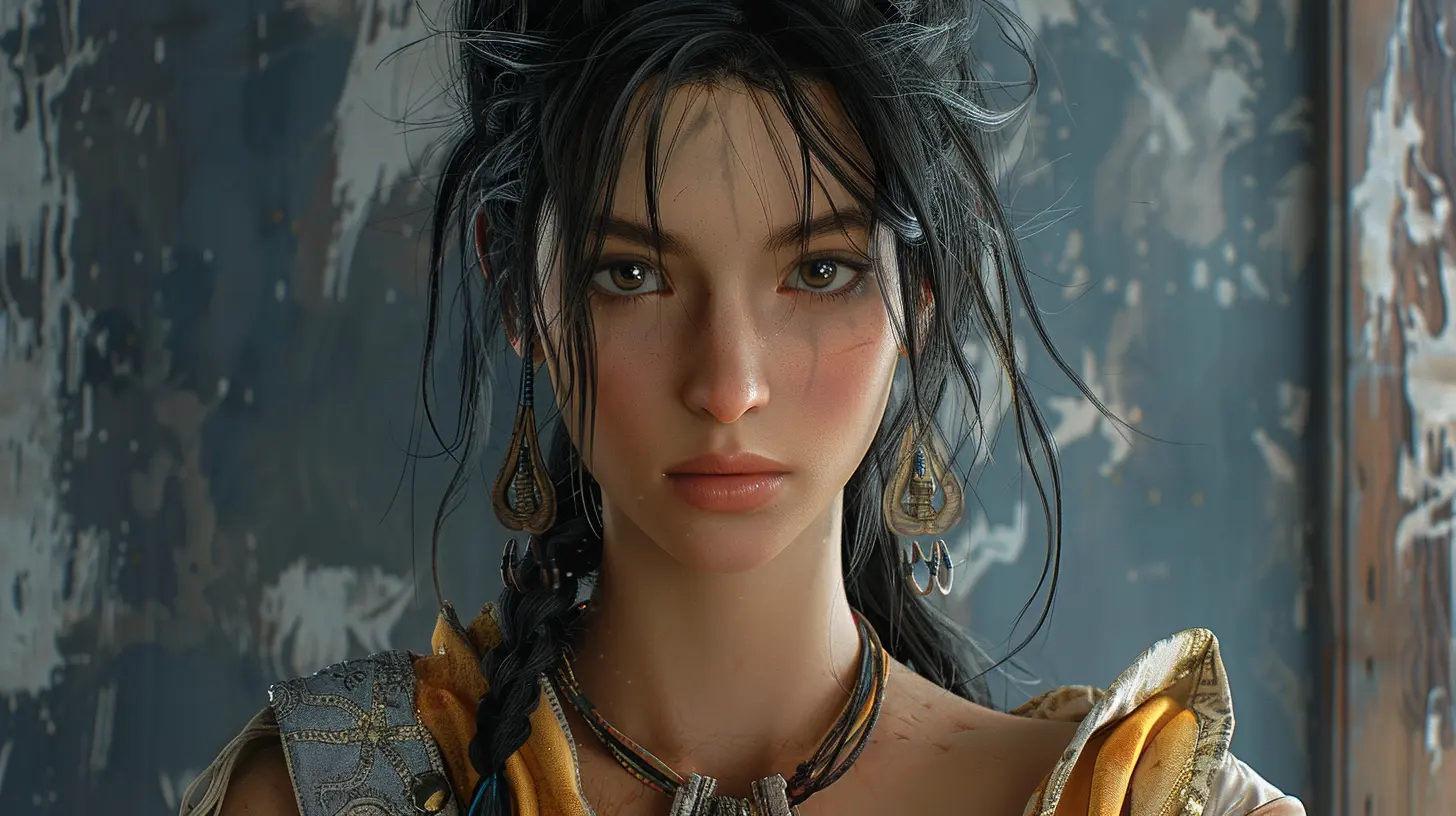
Why Cultural Representation in Games Even Matters
Let’s be real—representation matters. When you boot up a game and see a character that looks like you, talks like you, understands your world—it hits different. It’s like gaming finally says, “Hey, you belong here too.”For years, games favored a certain default: white, male, and often Western. Everyone else? Either tokenized, stereotyped, or just not there at all. But the world isn't one-size-fits-all, and our games shouldn’t be either.
When players see themselves in the characters they control, it builds a stronger connection. It's empowering. It invites more people into the gaming world, making it richer, more diverse, and way more interesting.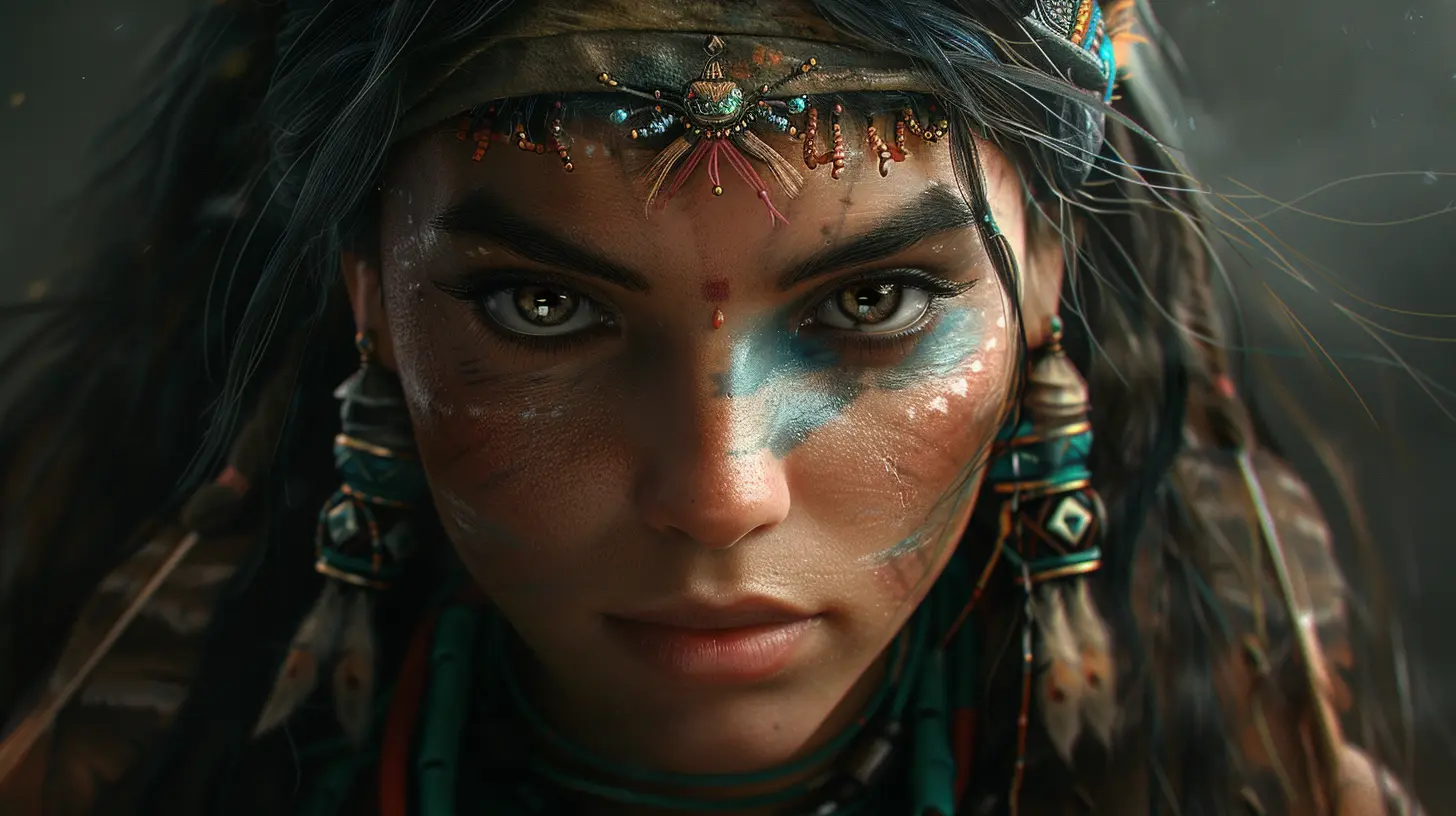
The Rise of Character Customization
Character customization has been around for a while, but it’s taken big strides recently. Games like The Sims, Cyberpunk 2077, and Elden Ring aren’t just letting us pick blue hair or cool armor anymore. They're giving us the tools to craft identities—real identities.We’re talking:
- Diverse skin tones
- Facial features from different ethnic backgrounds
- Cultural clothing and accessories
- Gender-fluid presentation
- Pronouns and voice pitch sliders
These features make customization more meaningful, turning it from a gimmick into a powerful storytelling tool.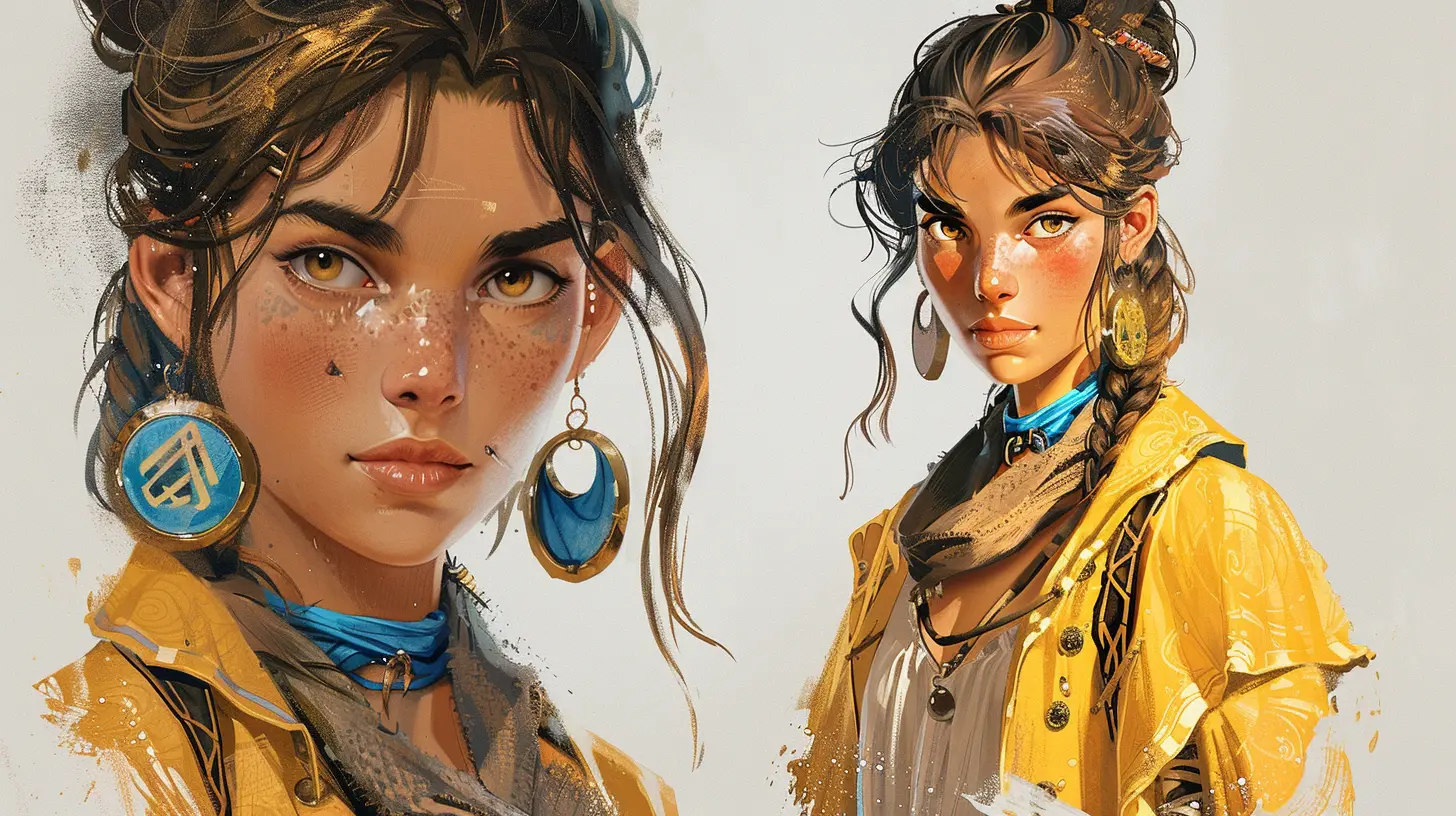
The Power of Choice: Why Customization Is More Than Cosmetic
Let’s say you’re playing an RPG. You spend hours with your character. They’re your in-game self, your digital reflection. Now imagine your only options are presets that look nothing like you. Kinda kills the immersion, right?That’s the magic of customizable characters—they’re mirrors of who we are or who we aspire to be. When you can choose elements that connect with your culture, your background, your style—it’s validating. It's like the game is giving you a seat at the table.
Plus, the more personal a character feels, the more emotionally invested you get in the game. Customization isn’t just fun—it deepens the entire gaming experience.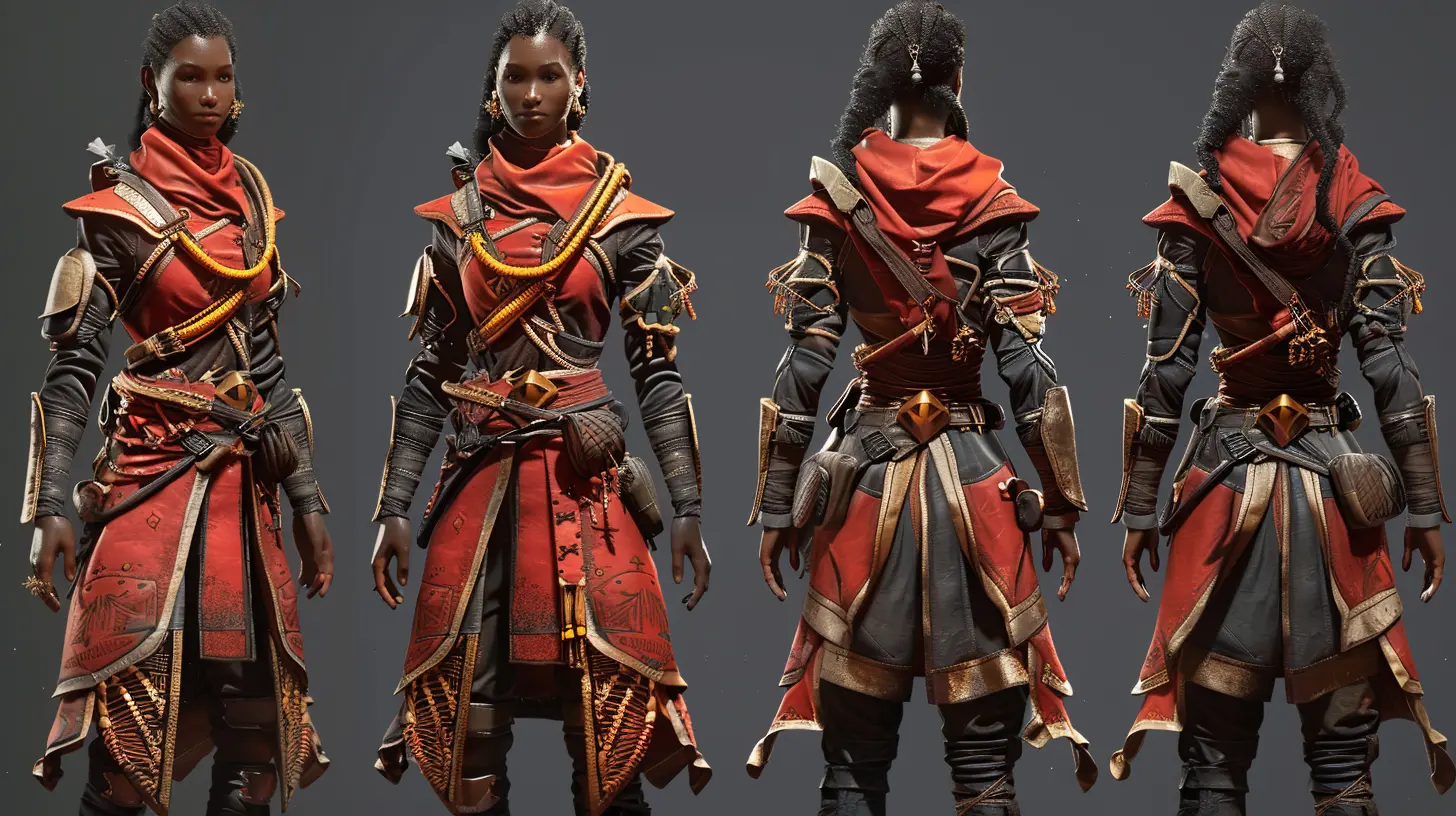
Representation Wins: Games That Got It Right
Let’s shine a spotlight on some games that nailed (or are at least on the right track) cultural representation in character creation.🎮 The Sims 4
It’s hard not to love The Sims 4. Beyond quirky gameplay and endless expansion packs, it’s made major steps in diversity. Skin tones? Tons of them. Hairstyles? More inclusive with each update. Cultural items? Yes, please.Recent updates brought more accurate Black hairstyles and better skin tone sliders, thanks to community feedback. And that’s another win—listening to players.
🕶️ Cyberpunk 2077
This game had a rocky launch, sure. But one area where it broke new ground? Gender and voice fluidity. You could mix and match body types, voices, and pronouns. It was a small but bold step toward representing people who don’t fall into traditional gender norms.⚔️ Elden Ring
While not perfect, Elden Ring gave players an impressive range of facial features from across ethnic backgrounds. True, it’s a fantasy world, but even in a place full of dragons and magic, the default human experience doesn’t need to be Eurocentric.The Flip Side: When Representation Misses the Mark
Of course, not every game gets it right. Sometimes, attempts at inclusion fall flat or worse—end up being offensive. Token characters, stereotypical accents, ethnic features that are used for comic relief instead of representation... yeah, it's not a good look.Then there are games that include diversity purely for marketing, offering shallow customization options that feel like afterthoughts. Representation should never be a checkbox—it should be part of the design from the ground up.
How Developers Can Do Better
We get it: Designing inclusive character creators is tough. But it’s far from impossible. Here’s how devs can level up their cultural representation game:1. Involve Diverse Voices from the Start
You can’t accurately represent a culture you know nothing about. Developers need to hire diverse teams and consult cultural experts throughout the design process.2. Don’t Be Afraid of Feedback
Players will call out what doesn’t feel right. That’s not hate—it’s passion. Developers need to embrace feedback and make updates accordingly. Some of the best improvements in games happened because devs listened.3. Go Beyond the Surface
It’s more than just skin color or hairstyles. True representation includes:- Dialects and speech patterns
- Body types and abilities
- Cultural backgrounds and histories
- Religious or spiritual accessories
It’s about the full picture, not just what’s on the surface.
The Global Impact of Gaming
Gaming isn’t just a Western pastime—it’s global. Millions of players from Africa, Asia, Latin America, and the Middle East are part of this community. They deserve to see themselves in the games they love.When character customization honors different cultures, it teaches empathy and expands worldviews. Think of it as virtual storytelling. Games can introduce us to traditions, struggles, and beauty we might never experience otherwise.
And here's the best part—it doesn’t just benefit underrepresented groups. When everyone is included, everyone wins. We get better stories, richer worlds, and a gaming community that actually reflects the people in it.
It’s Personal: Stories From the Community
Let’s get a bit real here. So many players have shared emotional stories about finally seeing themselves in a game. A young Black girl designing a Sim that looks like her mother. A nonbinary gamer creating a character that feels right. A player from India choosing traditional clothing in an RPG.These moments aren’t just warm and fuzzy—they’re powerful. Video games are more than entertainment. They’re art, therapy, community, and sometimes—healing.
The Road Ahead: What’s Next?
The industry is moving in the right direction, but there’s still a long way to go. We need more:- Regional developers telling their own cultural stories
- Indie games pushing the envelope on identity and inclusion
- Big studios putting their money where their mouth is
The future of character customization? It’s personal, it’s powerful, and hopefully—it looks a lot more like all of us.
Final Thoughts: Create Characters, Create Change
So next time you load up a character creation screen, take a moment. Think about the possibilities. Think about how far we’ve come—and where we still need to go.Because when we can truly see ourselves in the games we play, it’s not just customization—it’s celebration.
Character customization isn’t a side feature anymore. It’s the front line in the battle for inclusion, representation, and respect. And that’s something worth leveling up for.
So, whether you're a developer, a player, or just someone who loves this incredible world of gaming—keep pushing for characters that don’t just look cool, but feel real. Your story matters. And it deserves a place in every pixel.
all images in this post were generated using AI tools
Category:
Character CustomizationAuthor:

Jack McKinstry
Discussion
rate this article
1 comments
Octavia Mason
In pixels and palettes, our stories intertwine, A canvas of culture, where identity shines, Crafting worlds, where all can define.
September 1, 2025 at 2:32 AM

Jack McKinstry
Thank you! Your poetic reflection beautifully captures the essence of cultural representation in character customization. It truly highlights how diverse identities can be expressed and celebrated in gaming.
